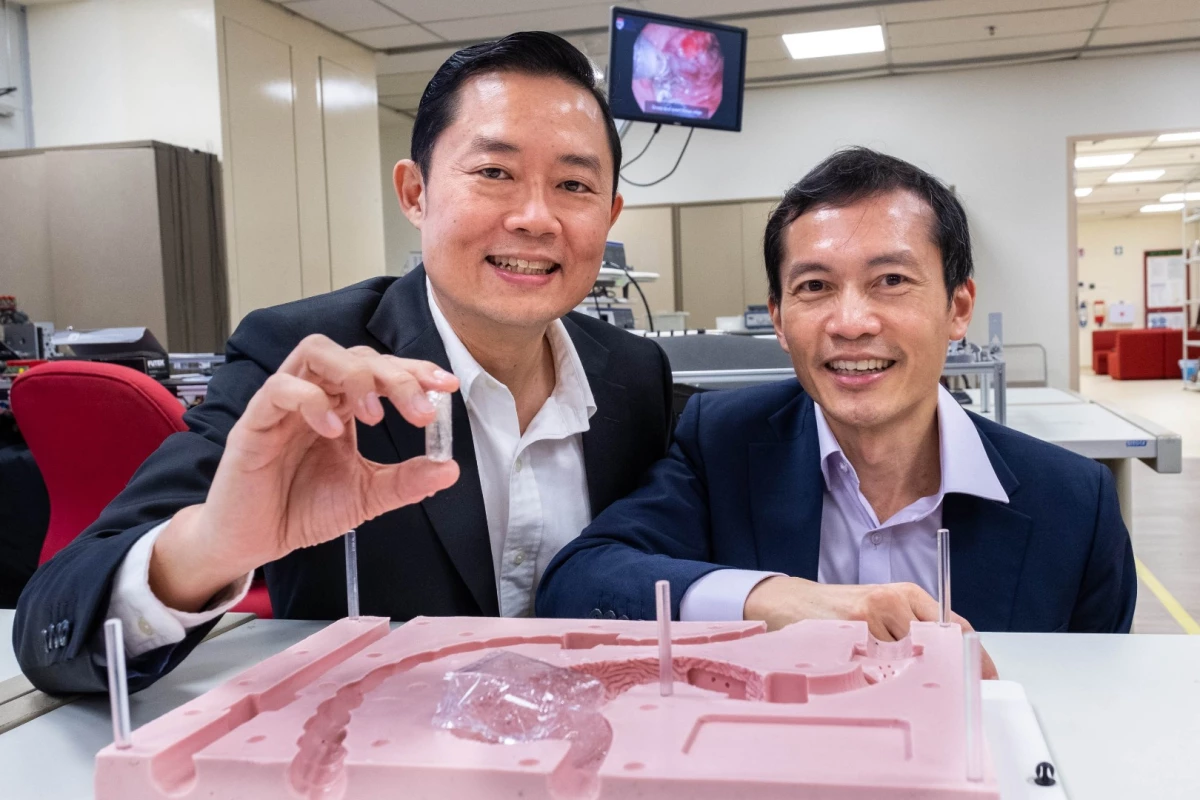For several years now, obese people have been able to lose weight by swallowing capsules that inflate within the stomach, providing a sense of fullness. While such capsules have had to be inflated via a catheter fed down the throat, scientists have now created one that's activated magnetically.
Designed by a team at Singapore's Nanyang Technological University, the "EndoPil" takes the form of a gelatine capsule that contains both a deflated balloon and an inner mini-capsule which houses the inflation system.
After being swallowed with a glass of water, the capsule enters the stomach, where the gelatine dissolves to release the balloon. Utilizing a 5-cm wide (2-inch) handheld external magnet, a clinician then remotely opens a magnetic valve within the EndoPil's inner capsule. This allows harmless acid and salt that were stored separately within the capsule to mix, producing carbon dioxide that inflates the balloon.

Within three minutes, the balloon contains 120 ml of the gas, causing it to float to the top of the stomach – that part of the organ is most sensitive to feelings of fullness. After it's been in the body long enough to produce the desired weight loss, the balloon can be deflated by once again using the external magnet, this time to open a release valve. That empty balloon is then passed through the small intestine.
A larger version of the EndoPil has already been successfully tested in a pig that lost 1.5 kg (3.3 lb) one week after ingestion, while a control group of pigs gained weight over the same seven days. Professors Louis Phee and Lawrence Ho, who are leading the research, now hope to conduct human trials within the coming year.
In the meantime, they're working on making the capsule smaller, as it currently measures a somewhat hard-to-swallow ~3 by 1 cm (1.2 by 0.4 inches). They're also devising a system that will allow the balloon to deflate on its own after a given period of time within the stomach.
Source: Nanyang Technological University






